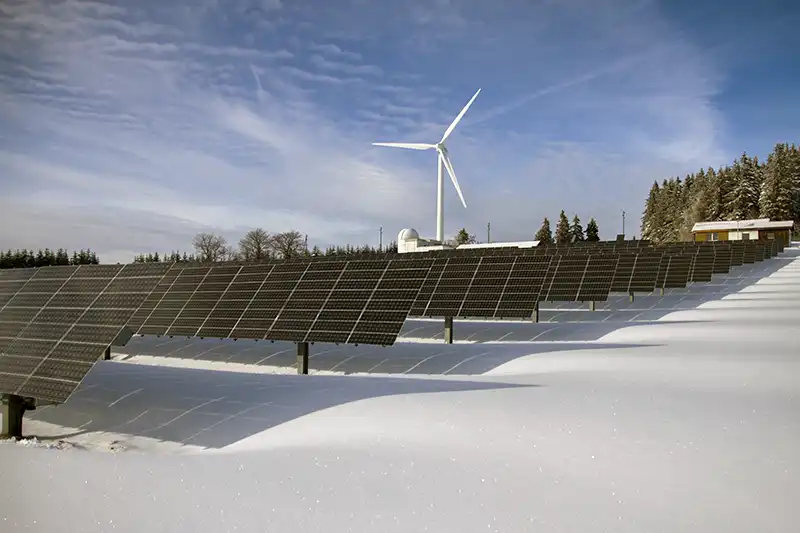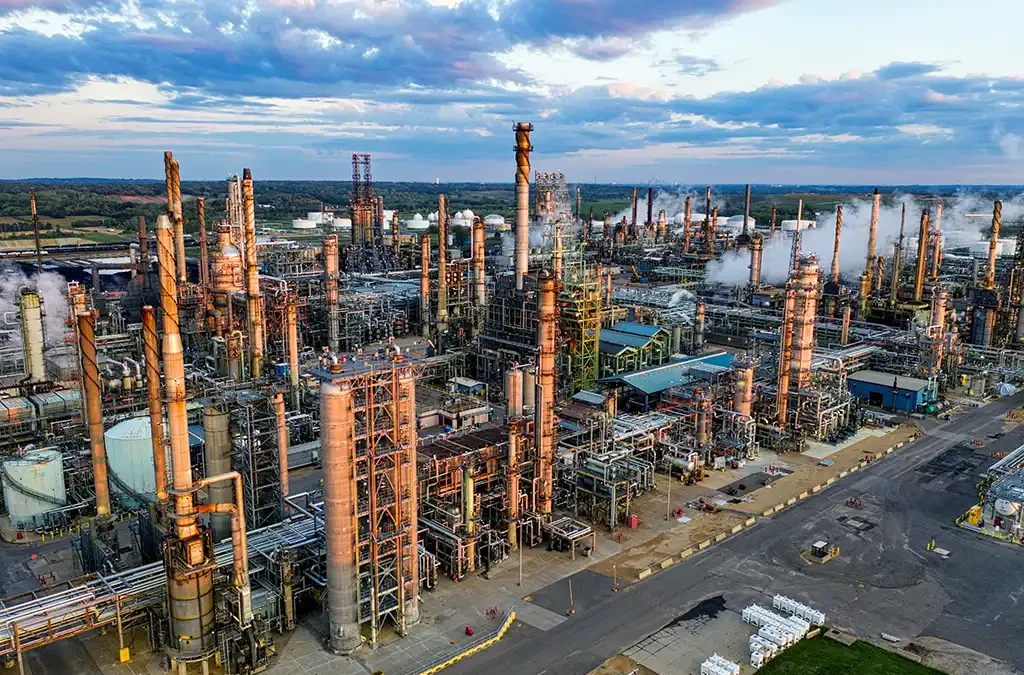Summary
- ExxonMobil and Chevron, two of the largest oil corporations in the world, had their best year ever in 2022, with ExxonMobil having a $55.7 billion windfall and Chevron $35.5 billion.
- The record-breaking profits are due to global conflict and sanctions against Russian fuel, leading to high prices for oil and natural gas.
- The companies have outlined plans to continue spending their profits on greenwashing efforts and expanding production of oil and gas, despite the need to stop new fossil fuel development to combat climate change, according to the International Energy Agency.
In 2022, the world saw two of the largest oil corporations reach unprecedented levels of success. ExxonMobil posted its highest ever annual profit with a $55.7 billion windfall in its final quarterly report of the year. This was a 25% increase from its previous record of $45 billion in 2008. Similarly, Chevron also reported its largest profit to date, bringing in $35.5 billion, surpassing its previous record of $29.6 billion in 2011.
Outrageous profits amid global pandemic

This substantial increase in profits is in sharp contrast to the losses incurred in 2020 at the start of the Covid-19 pandemic. The high profits achieved by Exxon and Chevron can be attributed to a number of factors, including the global conflict surrounding the sanctions against Russian fuel following the country’s invasion of Ukraine. The real available oil supply in the US did not change much, but OPEC and corporations increased their prices in response to the uncertainty, resulting in higher costs for US consumers at the pump.
However, the dramatic increase in profits is alarming, especially when considering the need for fossil fuel companies to reduce their operations, instead of reaching new heights, to avoid the worst consequences of climate change. In November, President Biden accused Exxon, Chevron, and other fossil fuel firms of war profiteering and inflating prices, and threatened them with windfall profit taxes.
Despite this, President Biden also encouraged fossil fuel companies to increase their production, which contradicts his stance on reducing the impact of climate change and does not address the issue of outsized profits. In addition, both Exxon and Chevron have reported increased production at the end of the year, with Exxon pumping out an average of 3.74 billion barrels of oil daily.
Profits fuel greenwashing efforts

Although both Exxon and Chevron have made claims about reducing their carbon intensity and focusing on low carbon solutions, these terms are often just corporate language meant to distract from the fact that they continue to extract fossil fuels which contribute to climate change. Additionally, the companies have outlined plans to spend their profits on greenwashing efforts and further expanding their production of oil and gas.
In contrast, the International Energy Agency has called for an end to all new fossil fuel development for the sake of preserving our planet. It is clear that these oil companies are on track for another profitable year, while the rest of us are facing uncertain and potentially dire consequences. The high profits achieved by Exxon and Chevron in 2022 highlight the need for immediate action to reduce the reliance on fossil fuels and find alternative, sustainable sources of energy.
What are low carbon solutions?

Low carbon energy solutions refer to technologies, strategies, and practices that aim to reduce greenhouse gas emissions, particularly carbon dioxide (CO2), from energy production and use. This includes green energy sources such as wind, solar, hydro, and geothermal power, as well as energy-efficient practices and technologies such as energy-efficient buildings, vehicles, and appliances. The goal of low carbon energy solutions is to reduce dependence on fossil fuels, which are a major contributor to greenhouse gas emissions and climate change.
Examples of low carbon energy solutions
- Solar Power: The use of photovoltaic panels to convert sunlight into electricity, which is a renewable and emission-free energy source.
- Wind Power: The harnessing of wind energy to generate electricity through wind turbines, which can be installed on land or offshore.
- Hydro Power: The conversion of the kinetic energy of flowing water into electricity, using hydroelectric dams or small-scale micro hydro systems.
- Geothermal Energy: The tapping of heat from the Earth’s core to generate electricity or for heating and cooling purposes.
- Energy Efficiency: The use of energy-efficient technologies and practices to reduce energy consumption and emissions, such as LED lighting, energy-efficient buildings, and energy-efficient appliances.


